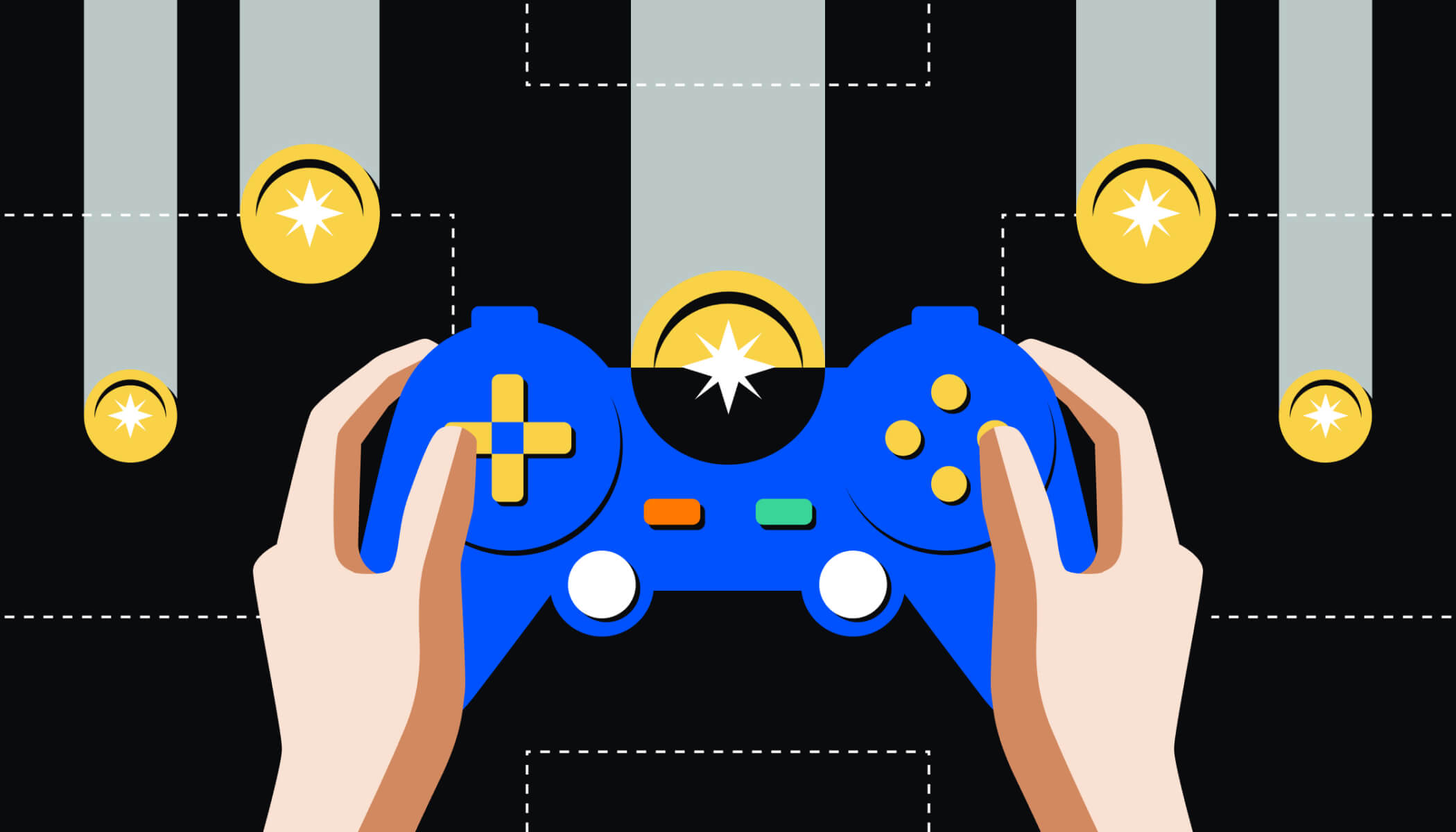
GameFi is evolving—and fast. As blockchain-based games shift from experimental concepts to full-scale ecosystems, the pressure to deliver smarter, scalable, and more immersive experiences is rising. What’s powering that evolution? AI infrastructure.
In this guide, we’ll explore why AI is no longer just an enhancement for GameFi—but the foundation of its next generation. From smart NPCs to predictive in-game economies, here’s why AI infrastructure is the engine behind the future of decentralized gaming.
GameFi (short for Game Finance) merges gaming with blockchain technology, offering players real ownership of in-game assets through NFTs and play-to-earn mechanics. Between 2022 and 2025, GameFi saw explosive growth, with major ecosystems like Avalanche, Polygon, and Solana hosting hundreds of decentralized games.
But the GameFi space isn’t just growing—it’s maturing. Today’s users expect:
• Rich, personalized gameplay
• Autonomous environments
• Real-time decision-making
• Scalable, lag-free infrastructure
To meet these demands, builders are turning to AI-powered infrastructure.

AI infrastructure refers to the back-end systems, models, compute resources, and pipelines that enable artificial intelligence to operate within a game environment.
This includes:
• Machine learning models trained on player behavior
• Data lakes storing massive amounts of interaction data
• Inference engines running real-time decisions
• GPU and TPU compute layers enabling on-the-fly actions
• Orchestration tools for scaling, retraining, and optimizing AI
Think of AI infrastructure as the “brain and nervous system” that powers GameFi’s automation, intelligence, and adaptability.
Without AI infrastructure, GameFi platforms face serious limitations:
1. High Latency & On-Chain Bottlenecks
Most Web3 games struggle with transaction speed. AI helps by processing logic off-chain, only syncing essential data on-chain—reducing load and increasing game speed.
2. Static NPCs & Predictable Gameplay
Without machine learning, NPCs are often hard-coded and predictable. AI enables adaptive characters that learn and evolve based on how users play.
3. Poor Personalization = Low Retention
Generic game loops lead to churn. AI enables hyper-personalization, adjusting difficulty, quests, or economics in real time.
4. No Visibility Into Player Behavior
Traditional analytics don’t cut it. AI offers predictive insights, forecasting when players might quit, buy, or refer others.

Let’s break down how a solid AI backbone solves key GameFi challenges:
Smart NPCs and Player Interaction
Using reinforcement learning and NLP, AI allows NPCs to engage in real-time dialogue, adapt their behavior, and create emergent gameplay.
Dynamic In-Game Economies
AI analyzes in-game transactions to balance inflation, scarcity, and value. This keeps player markets alive and healthy.
Fraud and Cheating Detection
AI models can detect abnormal behavior, bots, and exploit patterns far faster than human moderators.
Personalized Gameplay
Every quest, item drop, or interaction can be customized through AI-based user segmentation, boosting retention and loyalty.
🎮 AI Arena
A PvP game where players train neural networks to fight on their behalf. AI is the core mechanic—not just the backend.
🧠 DeepVerse
Utilizes generative AI to build adaptive in-game environments that evolve with player decisions.
🌐 Fractal
Incorporates AI-based matchmaking and asset recommendation systems, enhancing player discovery and engagement.
These projects aren’t gimmicks—they’re early signals of a major shift in how GameFi is built.

If you’re thinking of implementing AI, here are some key technical considerations:
On-Chain vs Off-Chain AI
Keep heavy computation off-chain for performance. Use AI to make decisions locally, then sync results on-chain.
Data Strategy
AI is only as good as the data you feed it. Create clear pipelines for user behavior, transaction history, and engagement metrics.
Infrastructure Costs
Balance real-time inference needs with GPU/TPU usage. Plan for scaling, retraining, and caching intelligently.
• Unity ML Agents
• OpenAI APIs (GPT, Codex)
• NVIDIA Omniverse
• Cerebras for AI model scaling
• Web3.js + AI orchestration tools

Here’s where things are going:
• Autonomous game economies that evolve without constant dev input
• AI-generated quests, characters, and narratives
• Self-balancing tokenomics powered by real-time data
• DAOs that leverage AI for treasury, governance, or game logic decisions
AI isn’t just a feature—it’s becoming the architecture.
GameFi is at a crossroads. The projects that invest in AI infrastructure today will define the future of decentralized entertainment tomorrow.
Whether it’s scaling gameplay, building intelligent characters, or creating self-sustaining economies—AI is the foundation of next-gen Web3 gaming.
At ReNewator, we help forward-thinking teams build intelligent, scalable, and AI-powered infrastructures for Web3.
💬 Let’s build your next GameFi innovation—with the intelligence it deserves.
👉 info@renewator.com